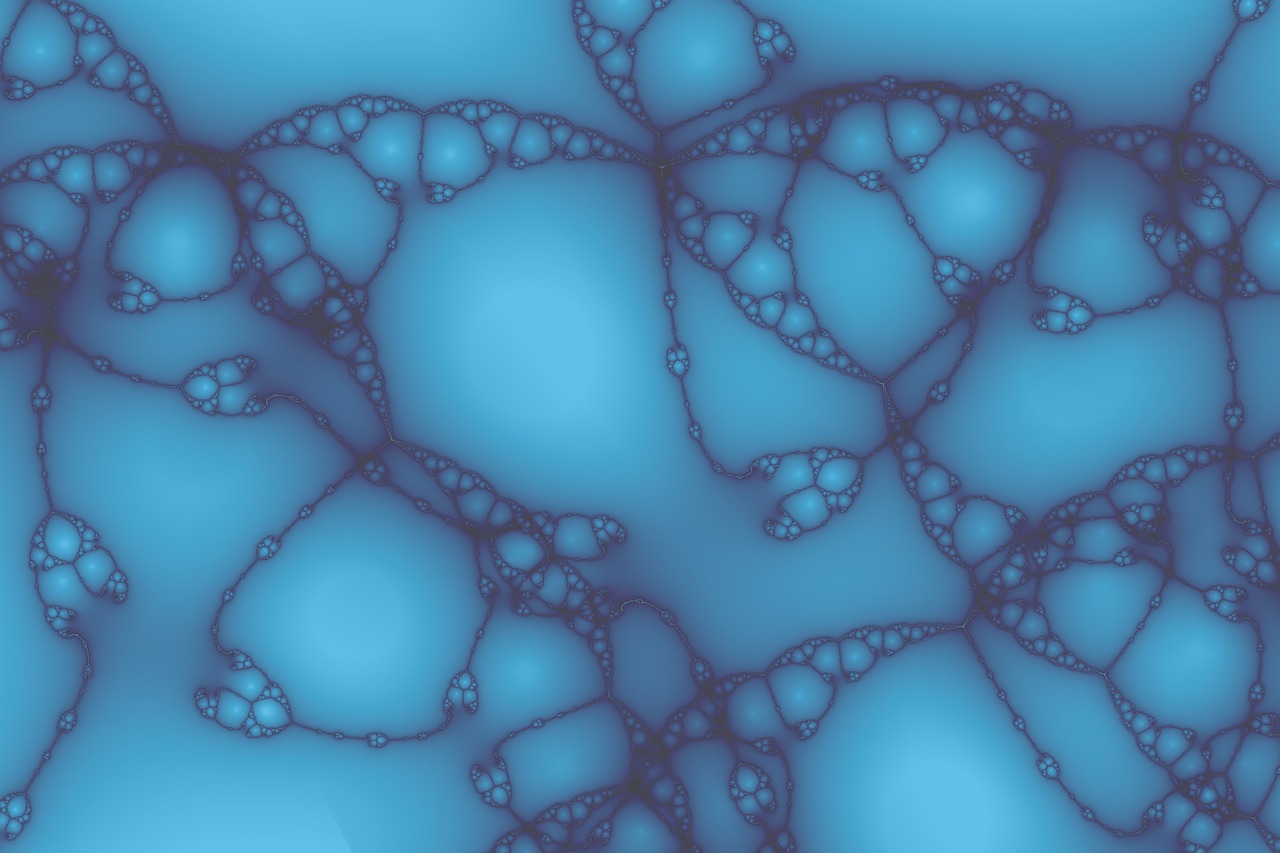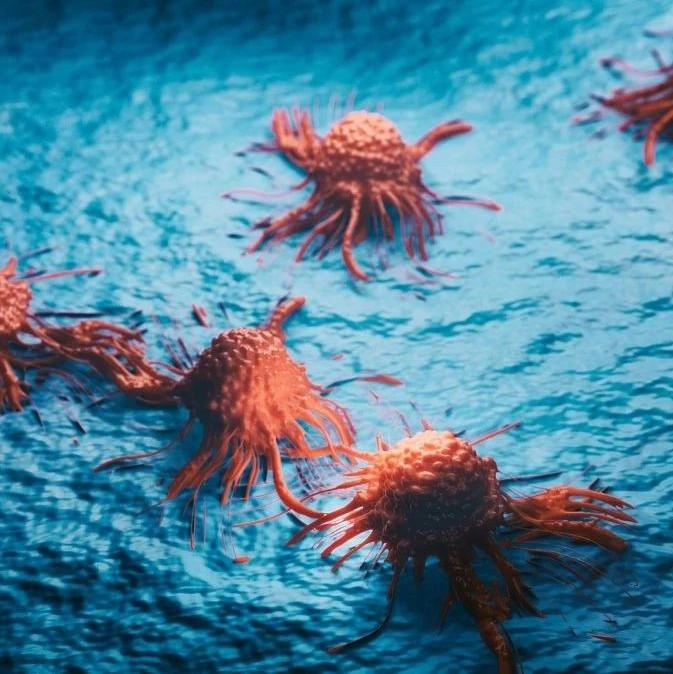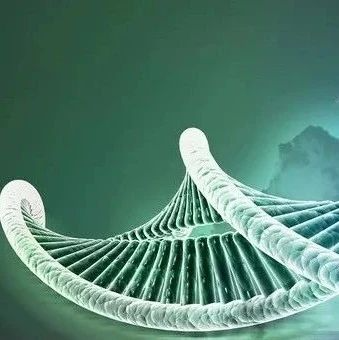摘要:最深的井下发现多细胞生物,这一新闻就像是来自托尔金的文学作品一样。科学家在南非金矿的深井下发现四种线虫或蛔虫,其中一个物种-Halicephalobus mephisto 从未报道过,一般认为,地表以下2.2英里只有单细胞生物存在。
Halicephalobus mephisto现被科学家称为“魔鬼虫”,它的体长仅有0.5毫米,以细菌为食生活在地表以下0.6-2.2英里的环境。
魔鬼虫生活在该地下深处裂缝之间渗出的48摄氏度液态水中,同时,科学家还在这一深处发现此前一种已知蛔虫——Plectus aquatilis。这项研究报告现发表在《自然》杂志上,科学家称它们是迄今发现生存环境最深处的“地下裂缝水”多细胞生物。
美国普林斯顿大学图利斯-昂斯托特(Tullis Onstott)博士是该项研究负责人,他说:“在这一深处生存最大的障碍是缺乏氧气、适宜生存的温度和必要的食物来源。这项研究就如同在安大略湖中发现大白鲸。当我们首次看到这些蠕动虫子时都惊呆了!”
据悉,魔鬼虫发现地点位于南非约翰尼斯堡的威特沃特斯兰德市的三个金矿中,它们具有神奇的能力可幸存于几乎没有氧气的地下环境,这里的含氧量仅是海洋中的1%。
它们生存的地下液体水碳测定年代显示这一新物种生存在该了下深度已有3000-10000年。研究小组认为,魔鬼虫最初生存于地表环境,但可能被远古时期的雨水冲入地壳裂缝之中。它们与生活在地球表面腐烂水果中的蠕虫十分相似,虽然它们的身体更小一些。
昂斯托特博士和研究小组同事现已准备进行更深一步的研究,期望在地下更深处发现更多的多细胞生物

魔鬼虫是迄今发现生活在地球最深处的生物
The discovery of multicellular creatures from the deepest mines sounds like something from the pages of J. R. R. Tolkien. But scientists have now found four species of nematode, or roundworm, lurking in South Africa's gold mines at depths where only single-celled bacteria were thought to reside. And at least one of them, Halicephalobus mephisto, has never been described before.
The 0.5-millimetre-long H. mephisto, named in reference to the light-hating demon of the underworld, feeds on films of bacteria that grow more than a kilometre down within the warm walls of the Beatrix gold mine, located some 240 kilometres southwest of Johannesburg.
"It's like 1 million times the size of the bacteria it eats — sort of like finding Moby Dick in Lake Ontario," says Tullis Onstott, a geomicrobiologist at Princeton University in New Jersey and a co-author of the study, which is published today in Nature1.
Deep dwellers
Previously, nematodes had been found nearer the surface, with only bacterial populations living deeper down2,3. But the authors discovered H. mephisto existing happily at 1.3 km down — at which depth the temperature reaches around 37 °C, higher than most terrestrial nematodes can tolerate.
Different South African mines revealed other deep-dwelling roundworms. Two nematode species — one identified as Plectus aquatilis and one unknown species from the Monhysterid order — were found in the Driefontein mines at a depth of 0.9 km at 24 °C. The authors also recovered DNA from a second unknown monhysterid species in the Tau Tona mine, 3.6 kilometres down, where temperatures hover around 48 °C.
Finding the worms surprised even the study's authors. "When I proposed to look in the deep underground, this was a complete 'out of the box' idea," says nematologist Gaetan Borgonie, of the University of Ghent in Belgium. "It doesn't happen often that you can redraw the boundaries of a biosphere on a planet."
"That depth? Those temperatures? This is incredible," says Diana Wall, a soil ecologist at Colorado State University in Fort Collins, who studies antarctic nematodes.
'Big snot layers'
In their mine habitat, the worms munch on bacteria living in biofilms — "big, snot layers of gelatinous goo," explains Onstott. The biofilms form in the mine walls near boreholes, where the rock is fractured using jets of water. After culturing the worms in the lab, the team found that the nematodes preferred snacking on indigenous bacteria from the mine, suggesting that the communities are well established.
"That the worms are feeding and grazing on bacteria — and not on something that's a common bacterial species — means there is a fully functioning ecosystem at this depth," Wall says. Although she notes that the phenomenon is striking, she points out it is still unclear how prevalent these communities are.
To search for these subsurface communities of organisms, the researchers filtered and trapped biological material in the water pouring from boreholes — catching nematodes, bacteria and DNA. Genetic analyses confirmed the novelty of H. mephisto, which has a ribosomal RNA sequence and body shape that differ from its closest relatives.
To rule out contamination from the surface, the team tested thousands of litres of water used in the mining operations, and analysed nematodes in the soil near the boreholes. They found no worms in the water, and different species in the soils.
Elderly residents?
Microbiologist Karsten Pedersen at the University of Gothenburg, Sweden, says that the authors have done a good job arguing that the worms are residents of the deep Earth, but points out that it is still unclear how long they've lived there.
Onstott and his team would like to continue studying Earth's deep spots for the presence of multicellular life forms, viruses and complex communities. They'd also like to sequence the genomes of the recovered South African organisms. "That could tell us a lot about evolution," Onstott says. "Is H. mephisto endowed with any special capabilities? Is it more primitive? Has it acquired attributes that imply adaptation and evolution in the subsurface?"
"I doubt this nematode sprang from hell," says evolutionary biologist Byron Adams of Brigham Young University in Provo, Utah, referring to the new worm's name. "It more likely evolved at Earth's surface with the rest of the Nematoda. At some point they made their way down and with a few genetic refinements found themselves capable of doing just fine."
The presence of multicellular life in the harsh environment of the mine walls — oxygen-starved, hot and inhospitable — not only expands the sphere in which life might exist on Earth, but on other planets as well. "Now the deep subsurface of Mars looks very interesting," says Michael Meyer, lead scientist for NASA's Mars Exploration Program. "The Universe might have many more habitats than we thought."







